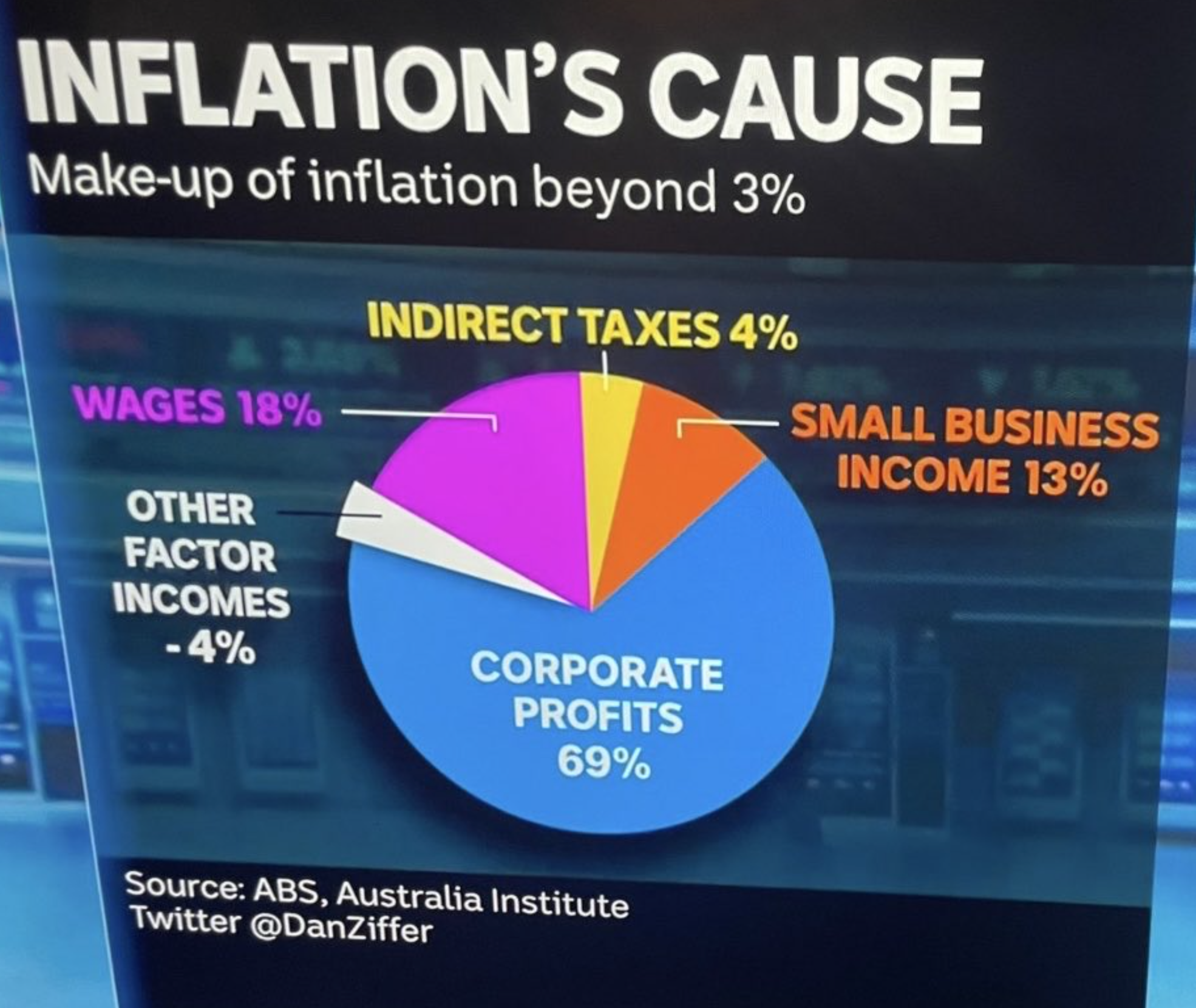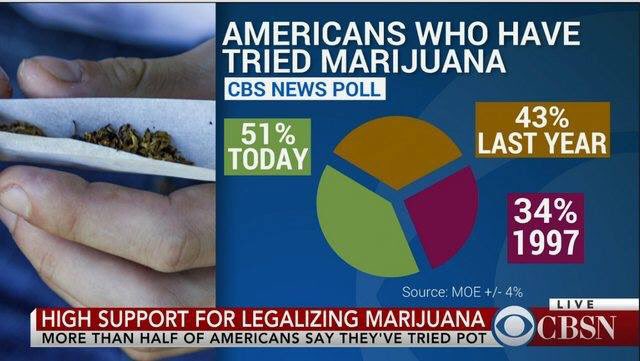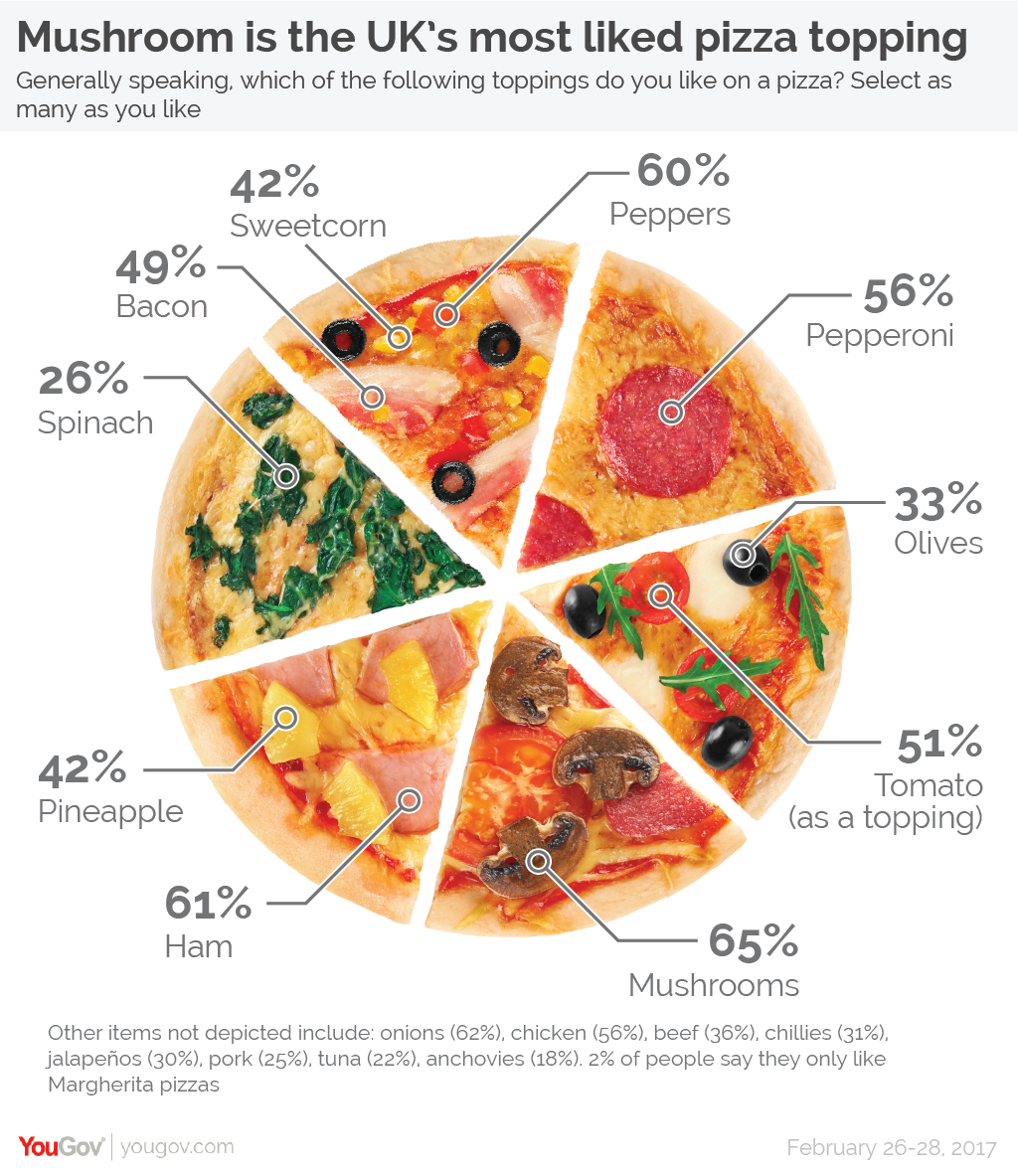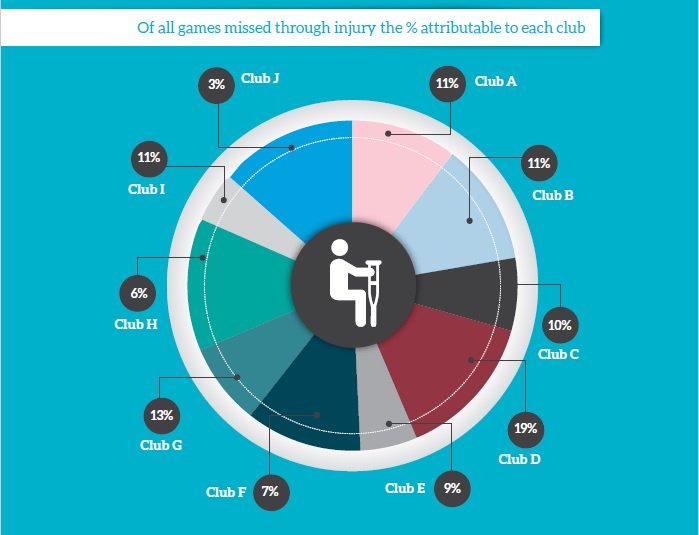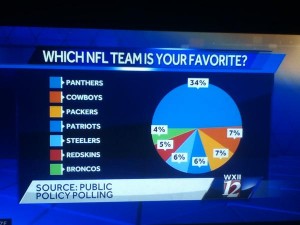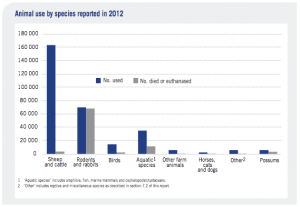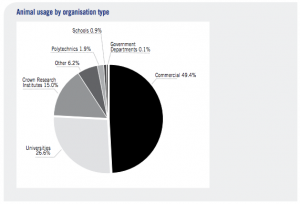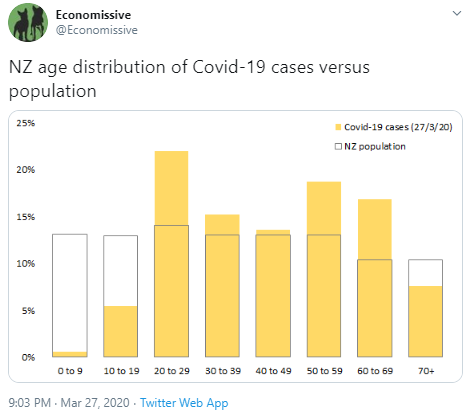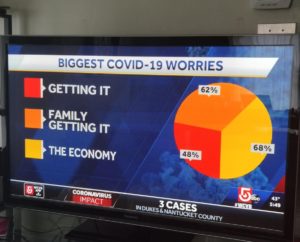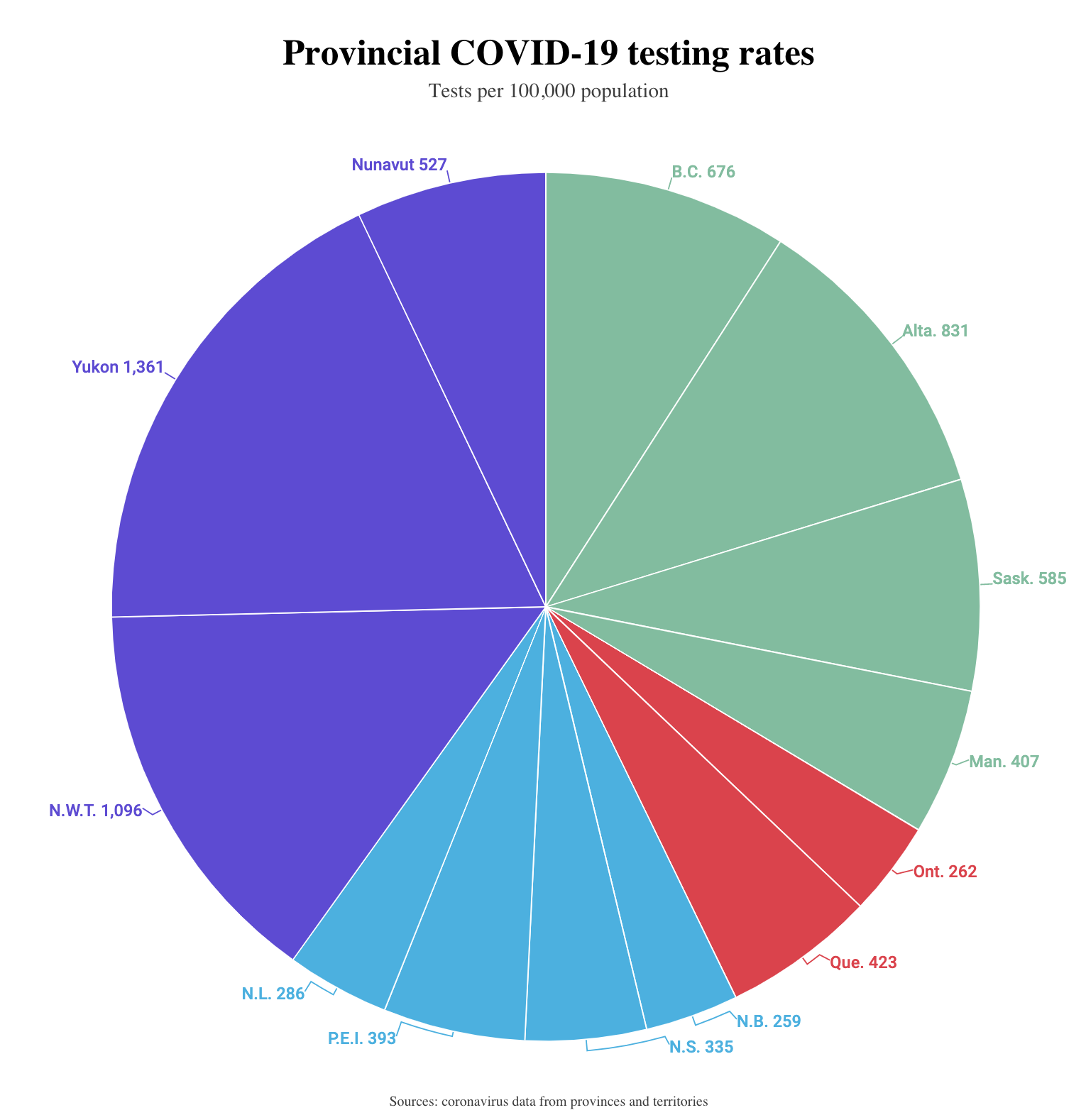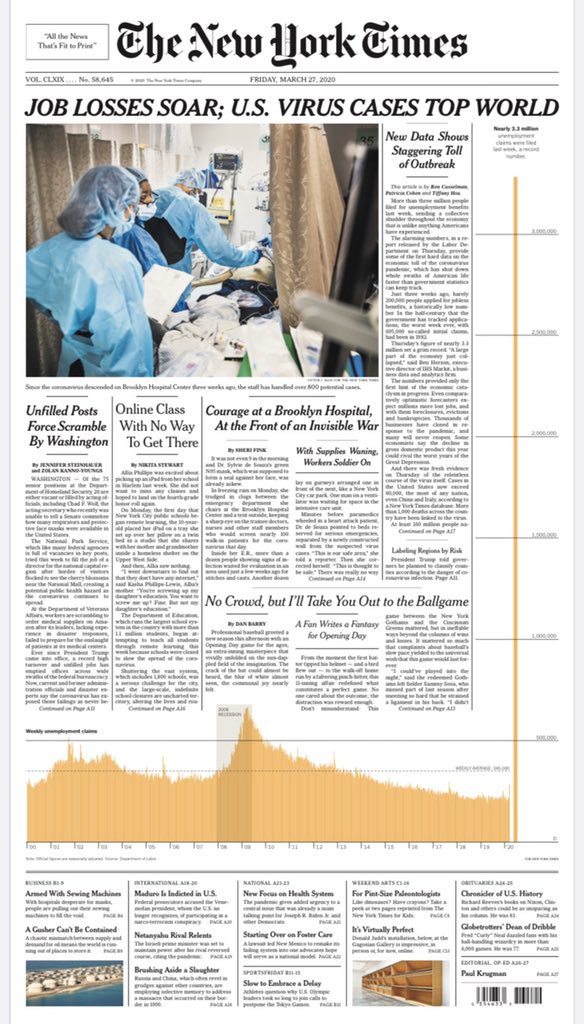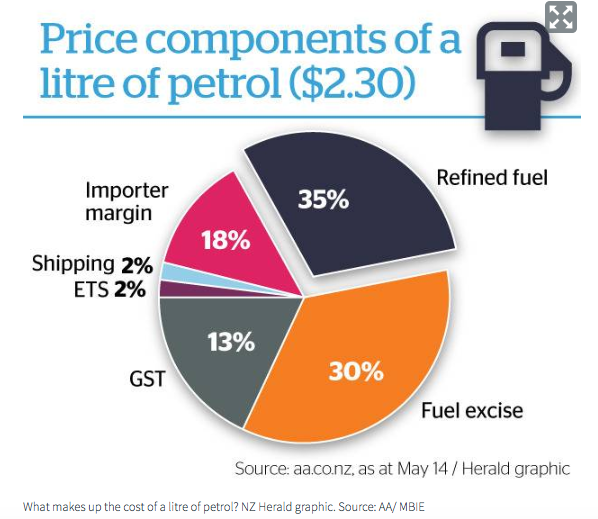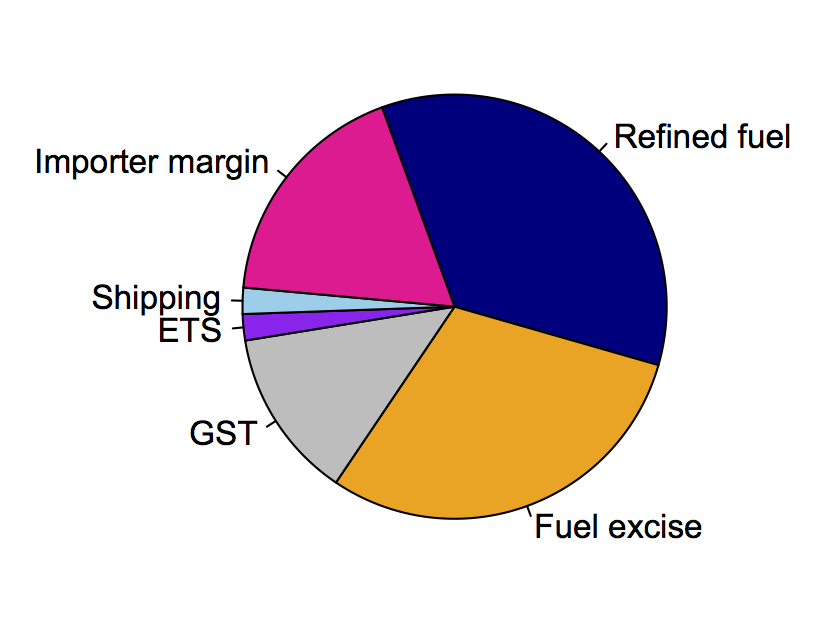This summer, we have a number of fantastic students who received a Department of Statistics scholarship to work on fascinating projects with our staff members. We’ll be profiling them here on Stats Chat and we’d love to hear your feedback on their projects!
Joshua Dale is working with David Scott on sports prediction.
 Joshua explains:
Joshua explains:
“David Scott has been predicting the outcome of rugby union and rugby league games using an exponential smoothing method. The predictions have been posted on Stats Chat and his Super 15 predictions have also appeared in the New Zealand Herald. Whilst the predictions have been quite successful and David was equal best amongst the NZ Herald tipping panel in predicting Super 15 games in 2012, it is likely that the method can be improved.
“The project will investigate some possible improvements:
- The use of more parameters for home-game advantage;
- The use of a power transform of the prediction errors used for updating team ratings;
- Adaptive estimation of the smoothing parameter.
“If time permits, the problem of automatic updating of fixture lists from websites will also be considered. The data analysis and optimisation will be primarily carried out using the statistical programming language R. I have taken a couple of computer science papers and I use R a fair bit in statistics courses, which will be a big help with this project.”
More about Joshua:
“I’m just about to finish a Bachelor of Commerce degree where I majored in finance, but also studied several statistics papers as well, enough to gain entry into the Bachelor of Science (Honours) programme in statistics for 2013. During 2012, I had the opportunity to work for the Department of Statistics, both marking assignments and tutoring in the computer labs. This has been an incredibly worthwhile experience, and I plan to do it again next year.
“As a lab demonstrator, students ask you for help with concepts and assignments. I feel because the tutors in the labs are students themselves, they are able to explain concepts in a way that the students can relate to, which makes their learning experience much more enjoyable.
“I like statistics because of its applicability to a huge number of problems. In almost any situation where data is involved, statistics can be used to increase efficiency, improve profitability, make predictions, and help to provide insight into many other areas. It’s also reassuring, in terms of job prospects, that with the heavy use of computers and the internet today, corporations are collecting more data than ever before. Somebody’s got to analyse it!
“In addition to focusing on this project, over summer I will be learning how to program in SAS (a major commercial statistics package), studying for the CFA (Chartered Financial Analyst) exams, and trying to find undervalued stocks to buy on the New Zealand and Australian stock markets. You’ll also find me mountain biking on the weekends, building a petrol-powered bike in the garage, and heading to the Coromandel for New Year.”
